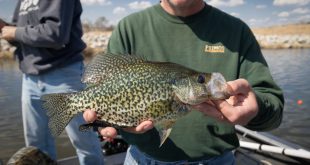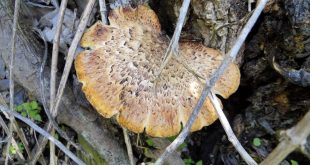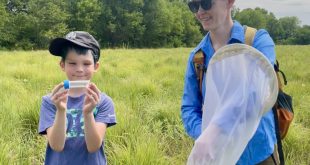For exploring the rugged and spacious public lands of the Panhandle, it is tough to beat a mode of transportation that has been around a while.
Enlarge
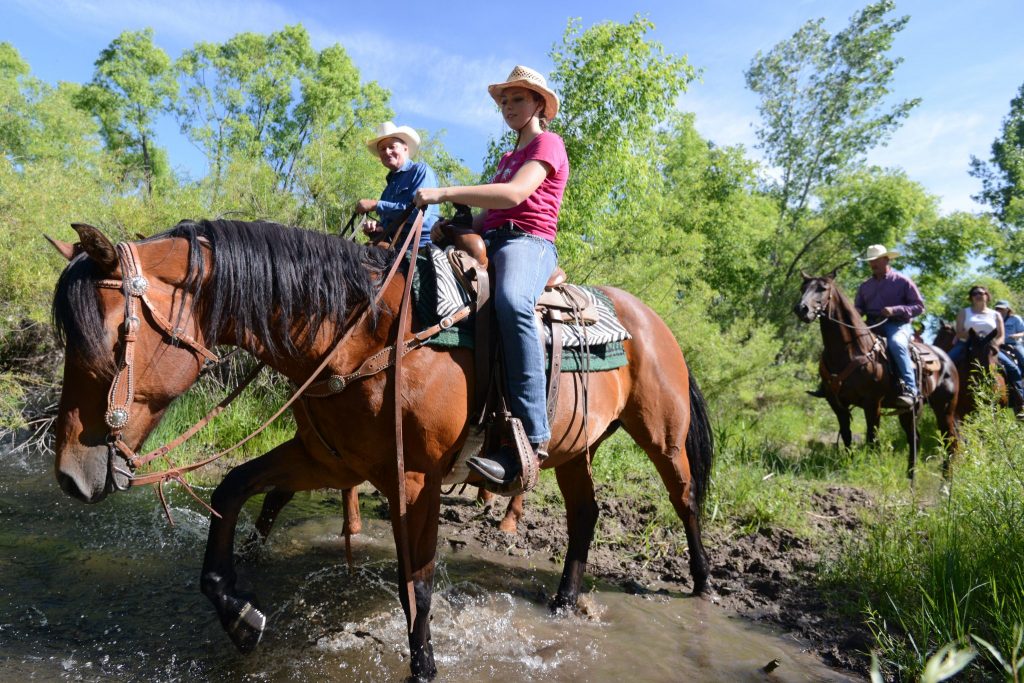
Story and photos by Justin Haag
The Panhandle of western Nebraska’s rugged buttes, sweeping grasslands, rolling hills and ponderosa pine forests spur an urge of exploration for countless visitors each year. For many a seasoned cowpoke on down to the greenest of greenhorns, their most memorable experiences while visiting this region have been atop a mode of transportation that has been popular for thousands of years. That would be the efficient, nimble, high-powered Equus ferus caballus, better known to most as the horse.
Visitors to Fort Robinson State Park near Crawford soon realize they are in horse country. A sign at the entrance of the park’s headquarters evokes visions of the park’s history as a 19th century U.S. Cavalry post: “Through These Portals Passed the World’s Finest Horsemen.”
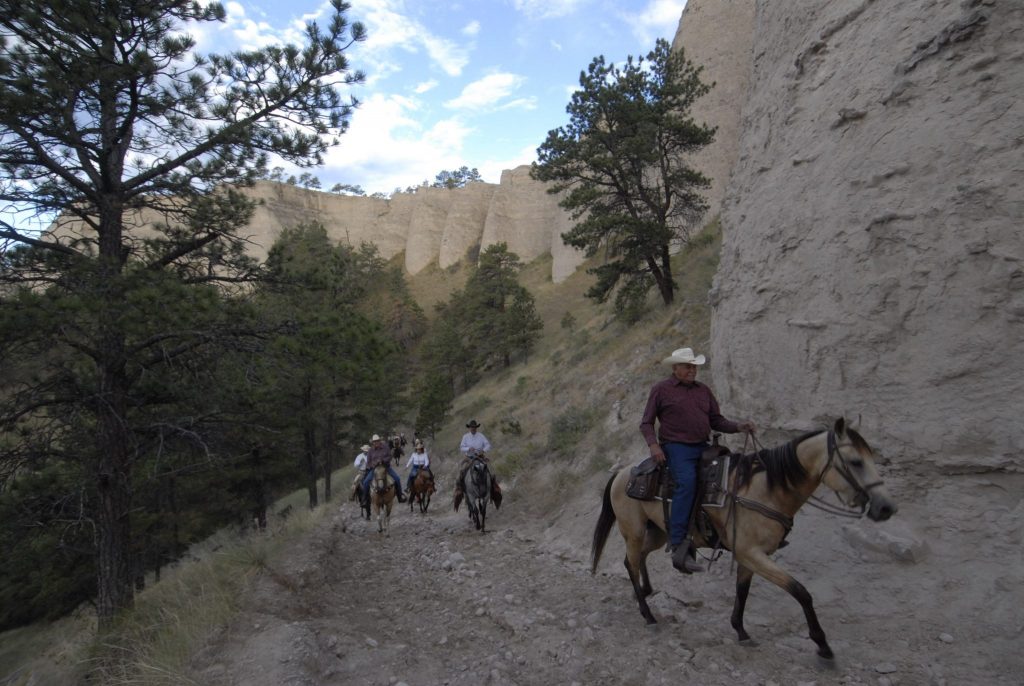
With Fort Robinson’s expansive 22,000 acres, horsemen and horsewomen of all skill levels revel in a landscape fit for a Western movie. Deb Kennedy, assistant park superintendent, said the park offers something for riders of various skills.
“Riders don’t have to stay on the trail. However, for those not-so-adventuresome people, we do have marked trails,” Kennedy said. “They can ride leisurely on the prairie, quietly along the river, or into the buttes for a little more challenging ride with awesome scenery.”
Kennedy said horseback riding continues to gain popularity at Fort Robinson, where weekly rodeos entertain visitors. Annual gatherings of horse enthusiasts, such as the American Paint Horse Association, have bolstered the park’s reputation as first-rate riding ground. Ride the Ridge is an event at the park each June that showcases Pine Ridge scenery in a group setting and is open to all who bring a horse.
No special permission is required to ride at Fort Robinson, but a few rules exist. To ensure park safety and cleanliness, no riding is allowed near lodging or camping areas. Horses privately owned are not allowed on the two trail ride routes while park rides are in session. Overnight guests with horses must rent a stall, but the barn’s location near the campground and other lodging ensures that animals will be nearby.
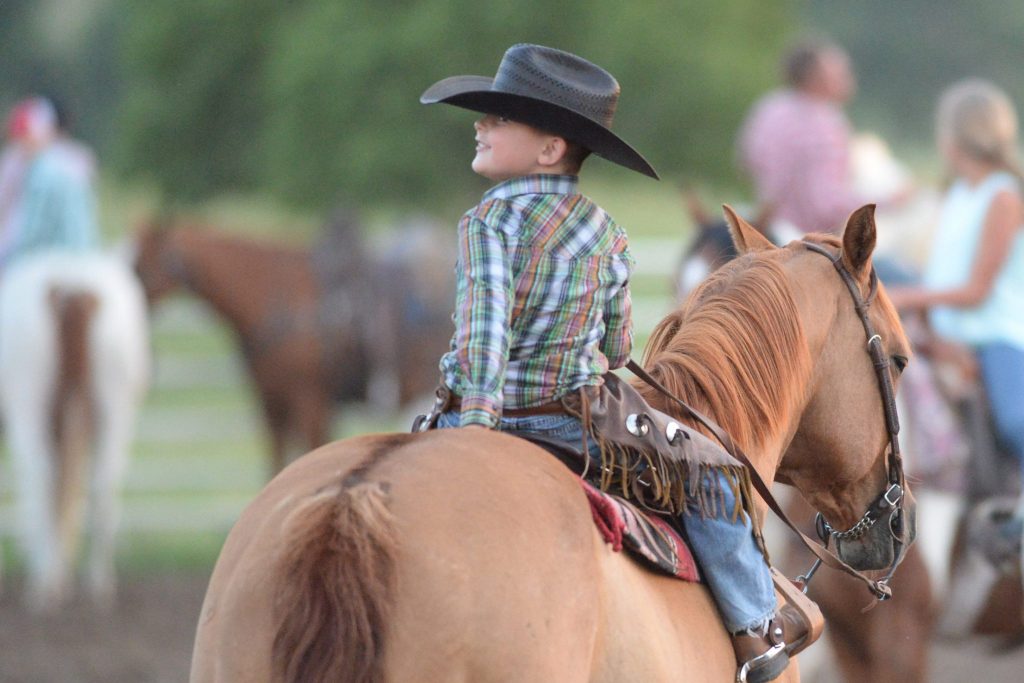
Chadron State Park, a 36-mile drive to the east, also is known for its scenic views from horseback. While the park does not allow visitors to bring their horses, it does have a stable full of trail horses for rent. At both Fort Robinson and Chadron, wranglers lead trail rides with the parks’ horses from early morning through mid-afternoon.
Another attractive park in the Panhandle butte country that allows unguided horseback riding is Wildcat Hills State Recreation Area south of Gering. Farther east in Oregon Trail country is Ash Hollow State Historical Park near Lewellen, where riding is allowed on the park’s property west of U.S. Highway 26. Neither park has horses for rent, but people may bring their own.
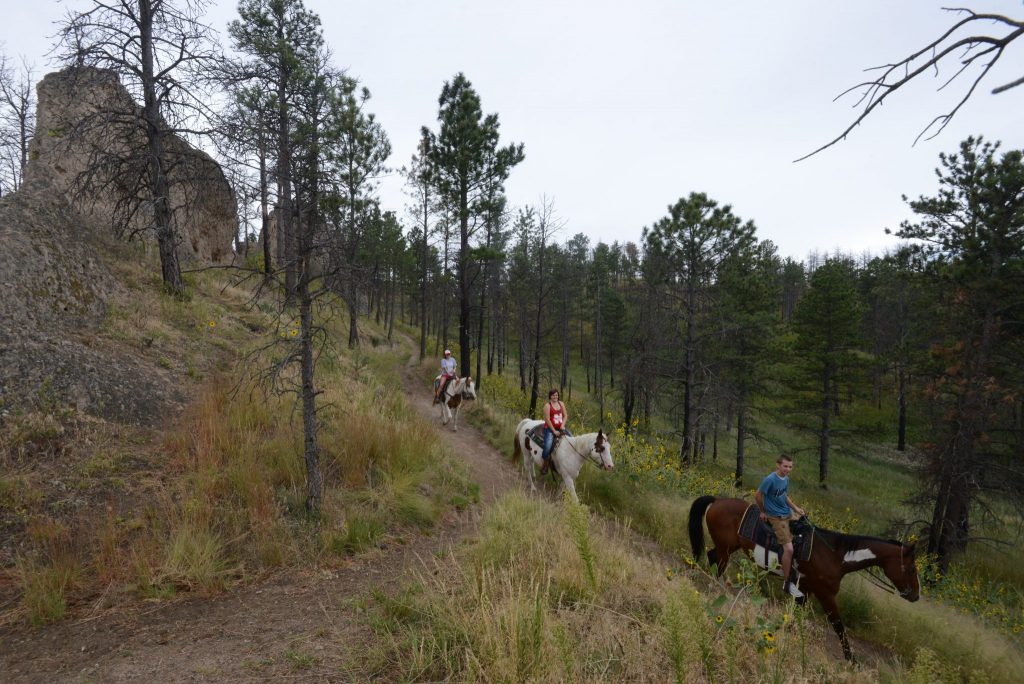
While some of the other state park areas in the region do not allow horses, the dozen-plus wildlife management areas in the region do. The established purpose of the WMAs is to serve as wildlife habitat, so, no designated trails are marked in most cases. Organized group rides are prohibited on the properties but casual riders are welcome.
Hunting is encouraged on the WMA properties, so those pursuing game have the opportunity to do it by horseback – just as Native Americans, Cavalry soldiers of Fort Robinson and Euro-American settlers did generations ago. Regardless of whether or not horseback riders are looking to bring home meat for the freezer, they are likely to catch sight of charismatic wildlife. Riders in the parks farthest north and west may see bighorn sheep, especially when riding the picturesque WMAs in the Wildcat Hills, or ascending the majestic Cheyenne and Red Cloud buttes at Fort Robinson.
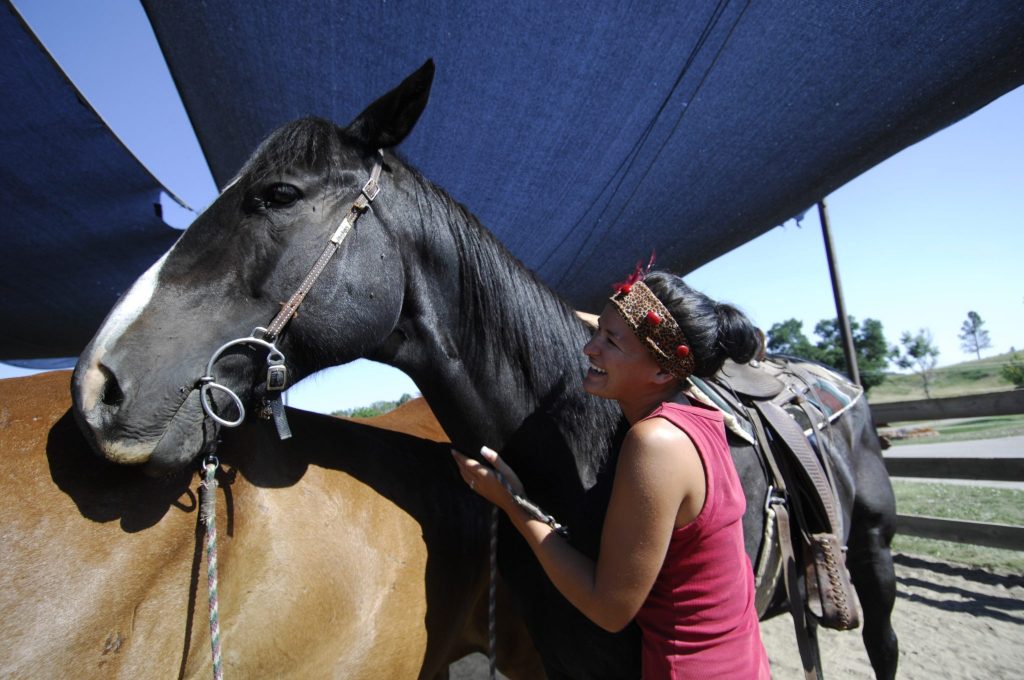
If the Nebraska Game and Parks properties are not enough, public lands managed by other agencies, such as the U.S. Forest Service in the northern Panhandle and the Platte River Basin Environments to the south, make riders’ opportunities seemingly limitless and are certainly not to be overlooked. The Pine Ridge Ranger District of the Nebraska National Forest consists of 52,000 acres and a 6,600-acre National Recreation Area.
The 7,794 acres of Soldier Creek Wilderness near Fort Robinson State Park is another prime destination for horseback riders. Not only does it provide the wild experience many horseback riders seek, but it also has corrals at its trailhead. Because equipment used for mechanical transport, including bicycles and game carts, is prohibited at this destination, horses regain popularity as vehicle of choice. Even the Game and Parks’ fisheries biologists resort to horse and mule while surveying the two trout streams that flow through the property.
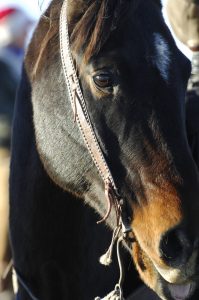
Other Forest Service access points that have special amenities for horseback riders are the Outrider Trailhead near Chadron State Park and the Roberts Tract Trailhead and Campground south of Whitney. Each of these has corrals and a mounting ramp, while Roberts has a modern vault toilet, a hand water pump and picnic tables.
The expansive Oglala National Grassland which borders South Dakota, also managed by the Forest Service, provides a change-up of scenery and is equally captivating.
Contacting the agency headquarters for whatever land you are visiting will help you plan your riding and answer any questions about regulations and attractions. For instance, riders should know that any feed brought into Forest Service properties must be certified free of noxious weeds and weed seeds.
Beyond that, visitors will be hard-pressed to find a better dose of freedom on this rough terrain than that provided by the four-legged animal that has been such an important part of the region’s history. To experience the Panhandle at its best, the finest seat may be a saddle. ■
Fisheries on Four Legs
Each year, state fisheries professionals take to Nebraska’s lakes, rivers and streams to survey fish populations. Among the most unusual of the efforts is one in the Pine Ridge.
Commission fisheries staff members Al Hanson and Joe Rydell of Alliance in recent years recruited the help of mules and horses owned by Commissioner Rick Brandt and Wyoming backcountry outfitter Casey Carey in accessing the upper reaches of the Soldier Creek Wilderness Area.
Because of its Wilderness Area designation, the property allows no mechanized vehicles – not even trucks driven by fisheries biologists, bicycles or game carts. Horses and mules provide efficient transportation, though – and surely work well for those carrying a fishing rod, too.
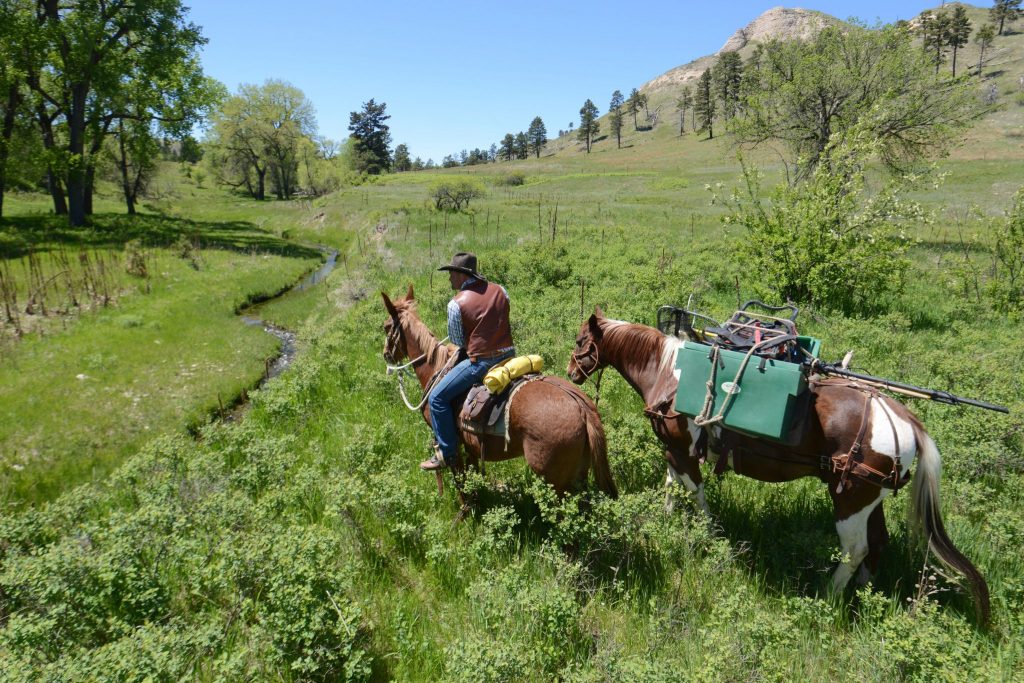
 Nebraskaland Magazine
Nebraskaland Magazine
